What is the weight of a planet?
1- 2 Bachillerato (16-18 years old)
In this experience, we will discover Jupiter and its moons, as Galileo Galilei did four centuries ago.
Material that could add value if prepared before coming to ESAC:
-
Forces as interactions. Rotational periods. Kepler Laws. Universal Gravitation Law.
-
Videos
Material to be used at ESAC: Scientific Case and the research data.
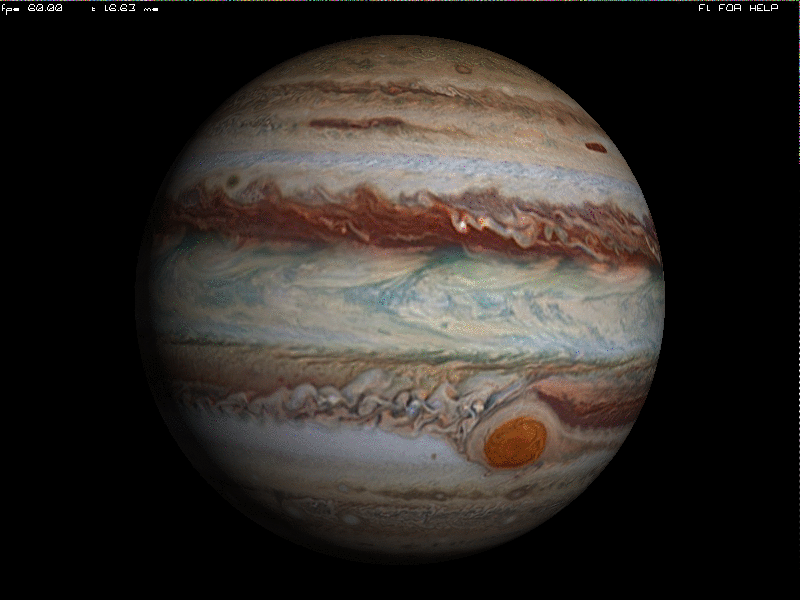
Jupiter animation. Credits: NASA
Jupiter is the most massive planet in the Solar System (1000 times more massive than the Earth) being also 1000 times less massive than the Sun (learn with playing the different masses of the solar system bodies with goo.gl/JpS3WK).
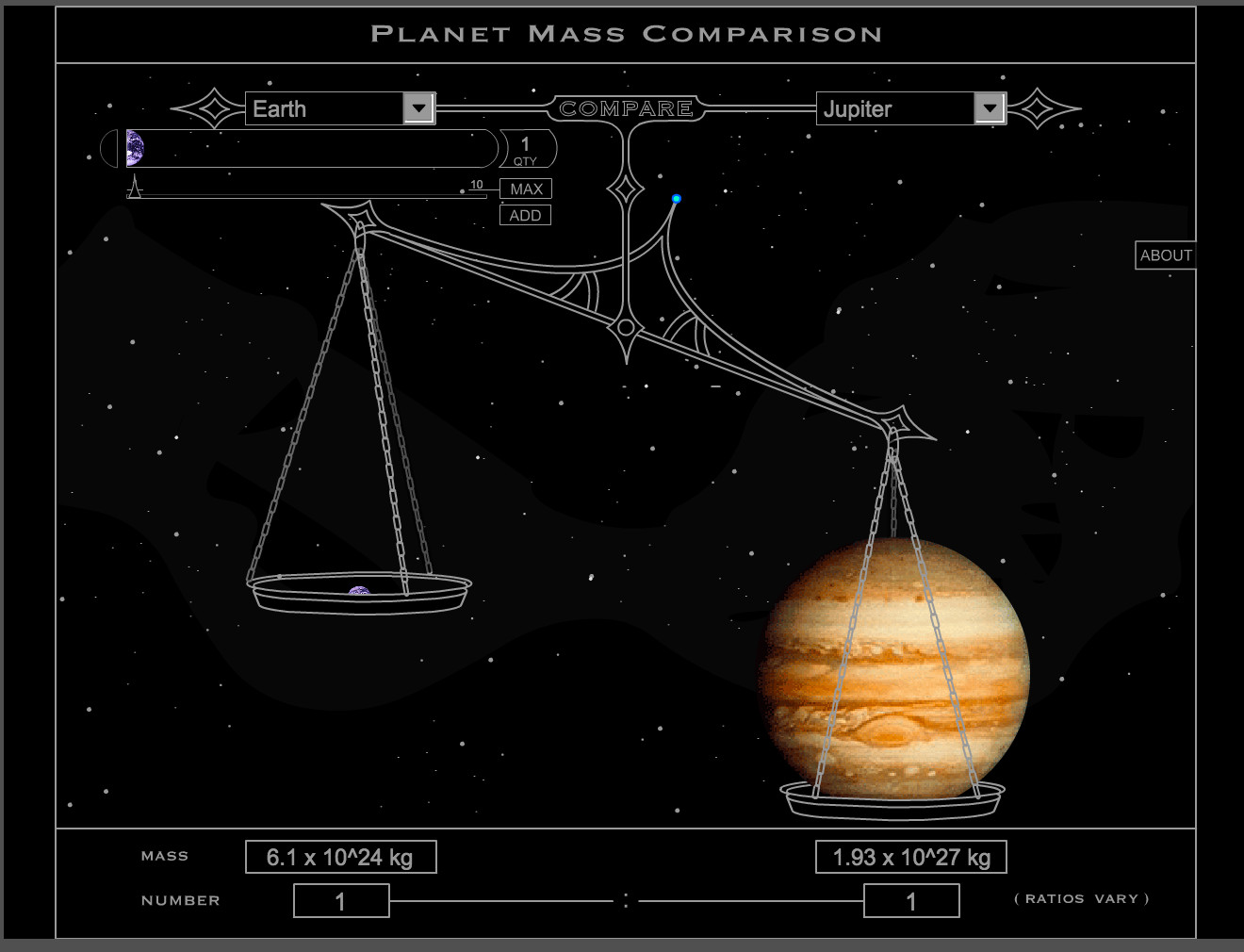
Jupiter is 1000 times more massive than Earth mass comparison. Credits: NASA
Jupiter has ~60 natural satellites (moons) but here we will just mention the four largest ones: Io, Europa, Ganymede, and Callisto. Water in form of ice is expected to be found in the internal layers of all these moons but in those for Io. These moons are called the "Galileans moons" as they were discovered by Galileo Galilei in 1610. Galileo saw the moons orbiting Jupiter and, by following the same model, he postulated the theory that the Earth could be orbiting the Sun. He supported the idea of a heliocentric system, as Copernico did, which created quite some trouble for him.
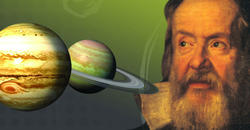
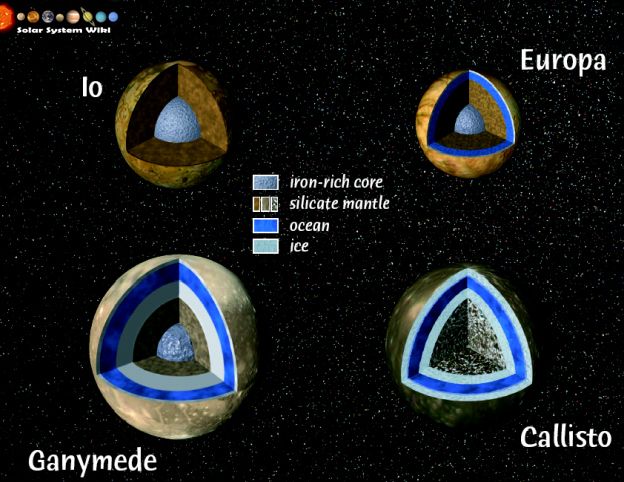
Galilean moons. Credits: The times now.
Planets are formed in the lats stages of the star formation process, as shown below. For that reason, a star and its planets are formed from the same material. The predominant element in stars and planets is Hydrogen (~ 91%), then Helium (~8%) and finally what we call the "Heavy metals" (~1%). In the case of the Solar System, this star is the Sun and its planets are Mercury, Venus, Earth, Mars, Jupiter, Saturn, Uranus, and Neptune.
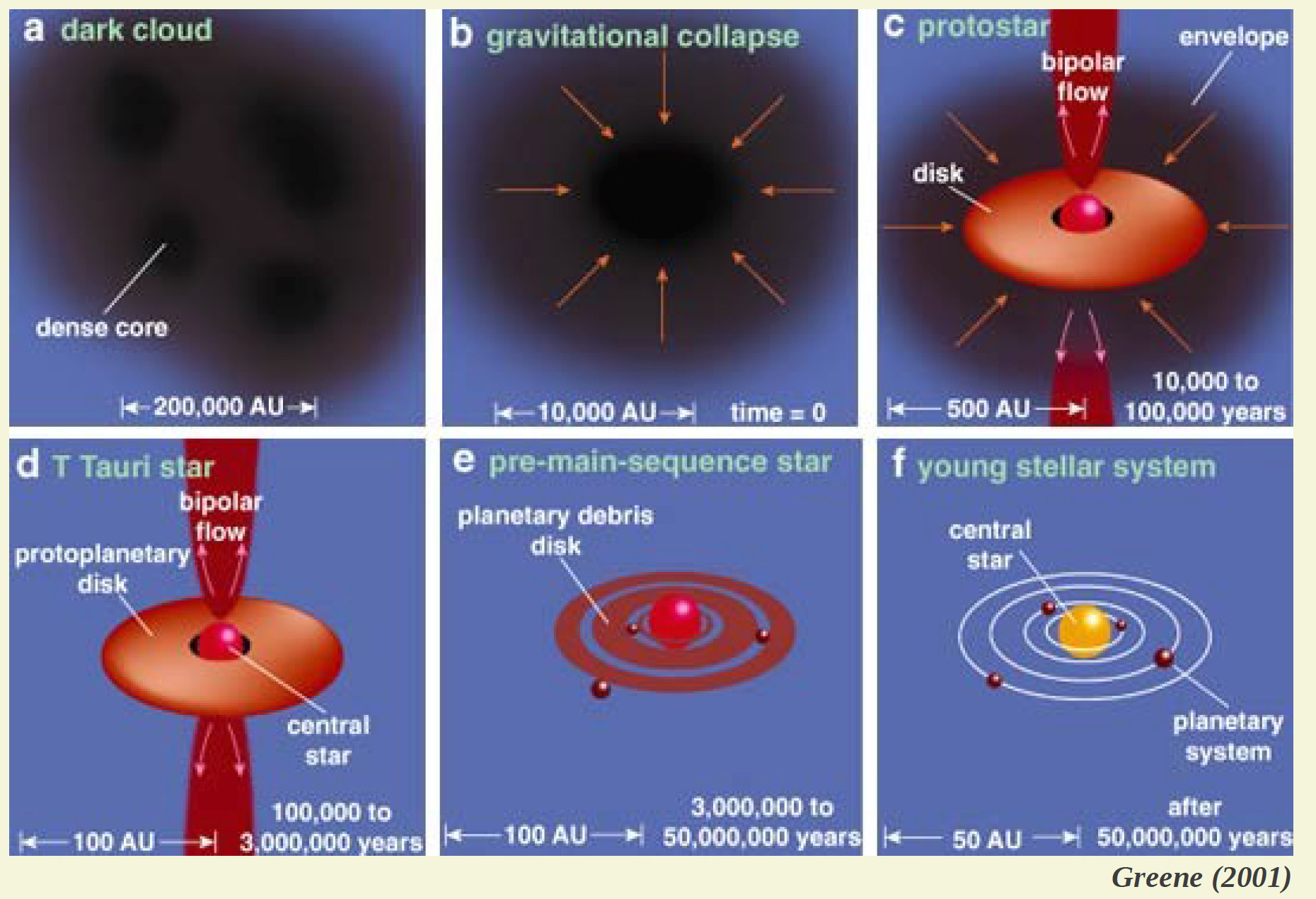
Star formation processes. Credits: Greene 2001
The big difference between stars and planets is the amount of mass.
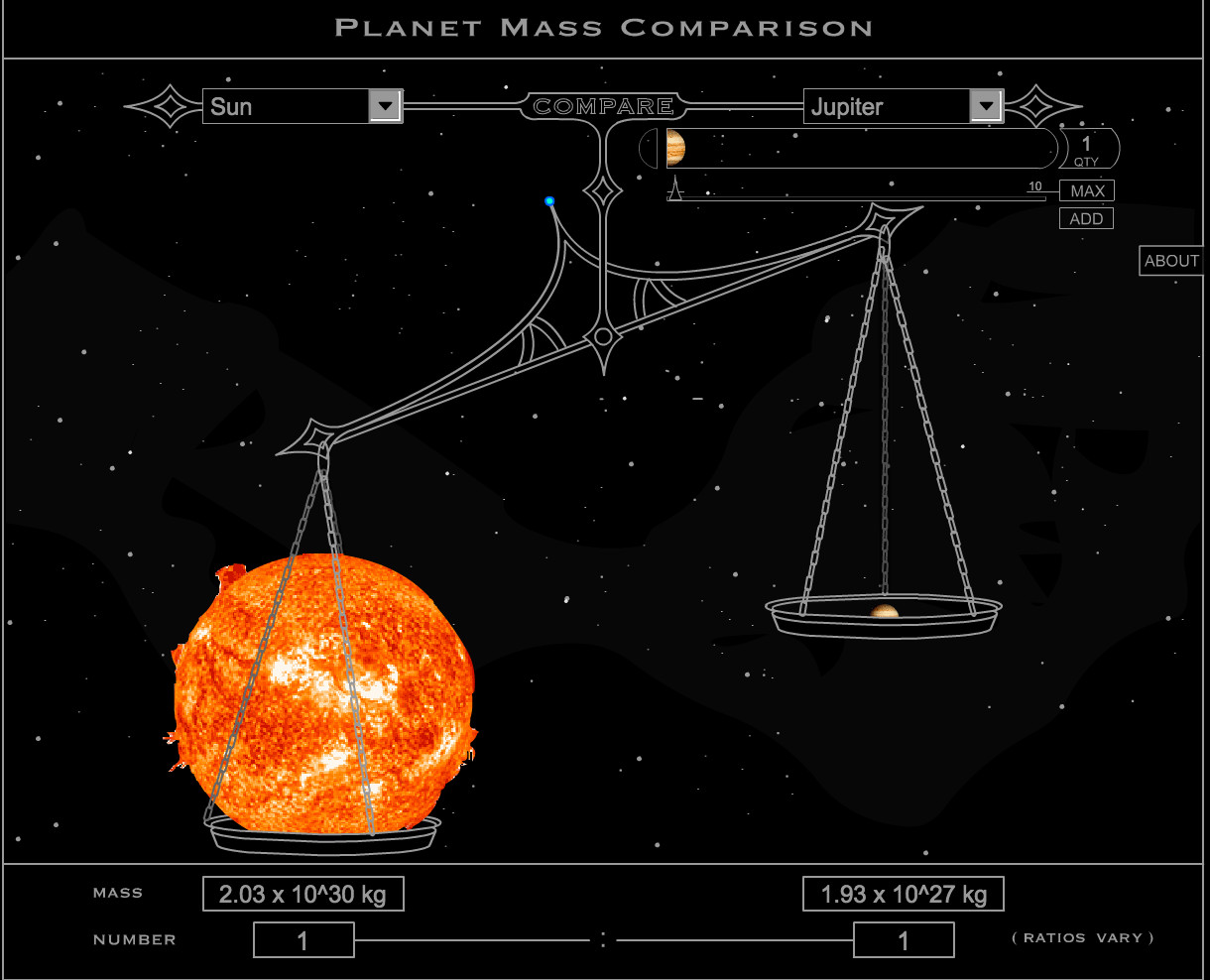
The Sun is 1000 more massive than its biggest planet (Jupiter). Credits: NASA
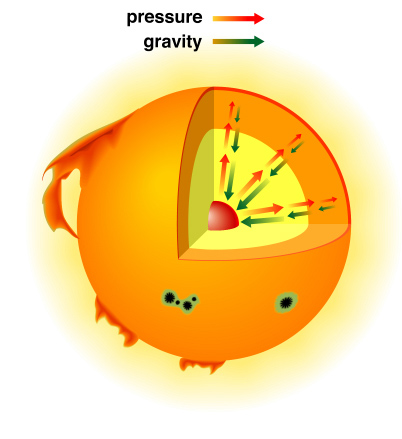
Hydrostatic equilibrium concept. Credits: Berkley education
Furthermore, there is a difference between the light from the stars and from the planets. Stars shine because of their nuclear reactions whereas planets shine due to the reflection of the light, from their closest star, on them.Those planets which are far from the star, unless they are very big, may not be visible except at infrared wavelengths.